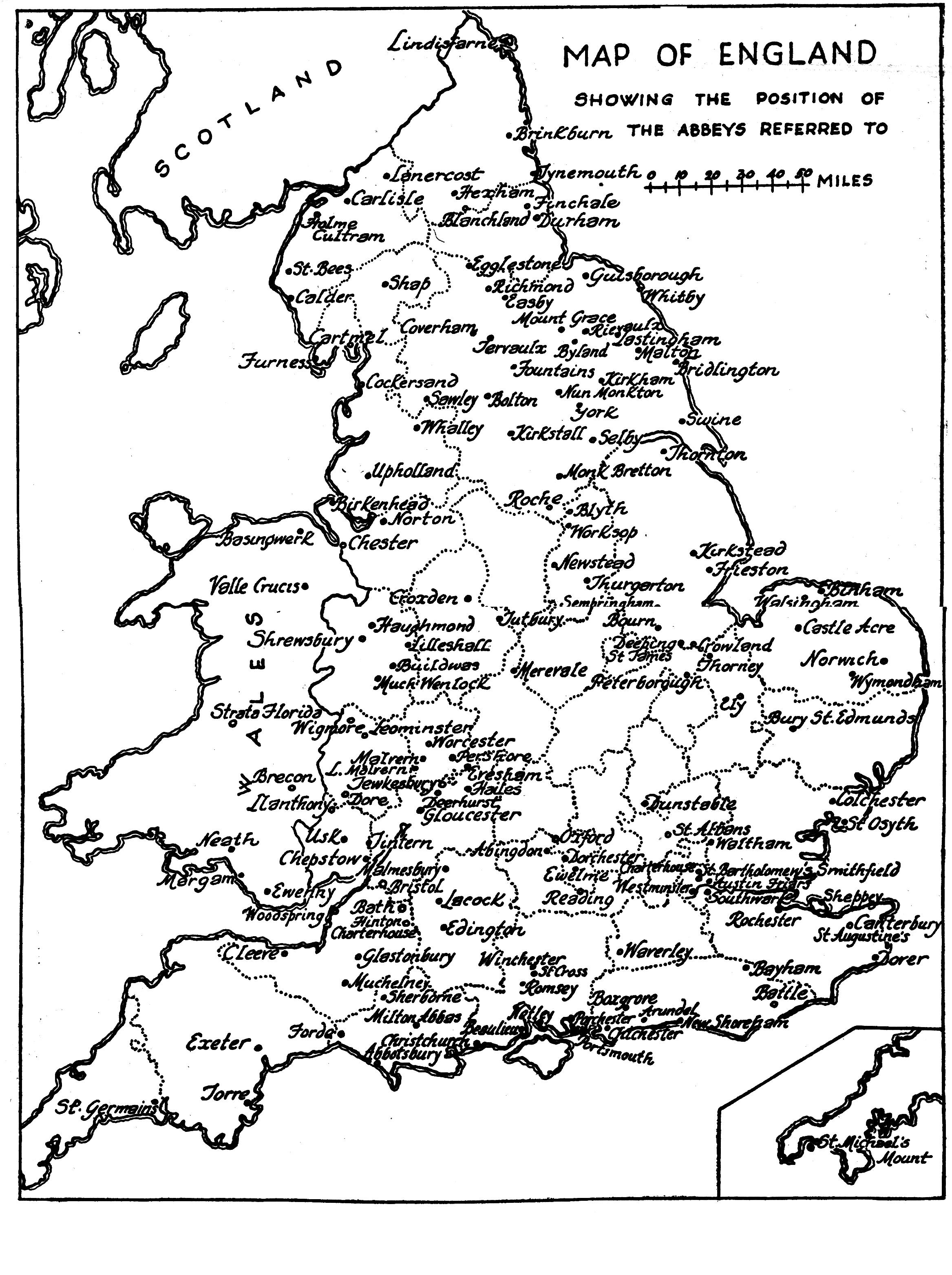
February 13, 2020, by ahzsa
Dr. Gwilym Dodd’s new article in the English Historical Review, “County and Community in Medieval England”
The English Historical Review, Volume 134, Issue 569, August 2019, Pages 777–820
The ‘county community’ is something of a hot potato amongst late medieval political historians. Since the publication of an influential article by Christine Carpenter in 1994, in which she condemned the county community as anachronistic and conceptually flawed, research on the political structures of late medieval England has mostly avoided the term and the idea. In other fields, the methodological challenges and conceptual complexities underpinning the idea of ‘community’ have been embraced and new, more nuanced understandings of how medieval people organised and represented themselves collectively have been achieved. It is now time for historians of politics and government in late medieval England to move beyond reductionist arguments about the existence or otherwise of county communities to investigate the assumptions and social realities that lay behind contemporary references to the ‘commonalty’, ‘commons’ or ‘people’ of one or more counties. This discussion offers the first in-depth analysis of the single most important evidence for grass-roots expressions of county solidarity: county community petitions. It argues that the county was not merely the creation of administrative expedience on the part of the Crown, but provided the basis for real and meaningful expressions of collective identity and corporate action locally. What underpinned the concept of the ‘county community’, and what gave it particular strength, was its inclusivity and flexibility. The discussion concludes by considering the particular circumstances of the early fourteenth century which helped stimulate a culture of corporate identity and self-help on the basis of the county unit.
No comments yet, fill out a comment to be the first

Leave a Reply